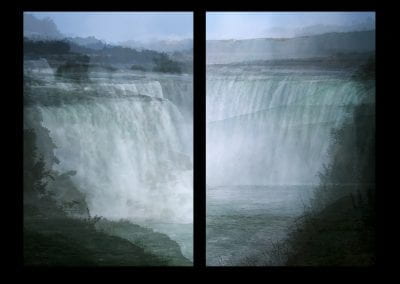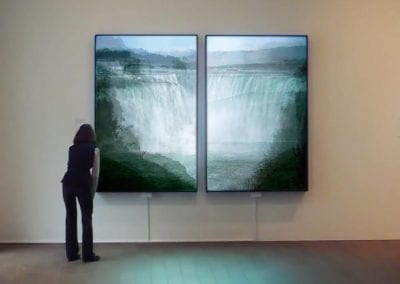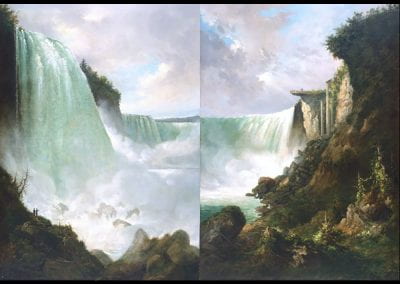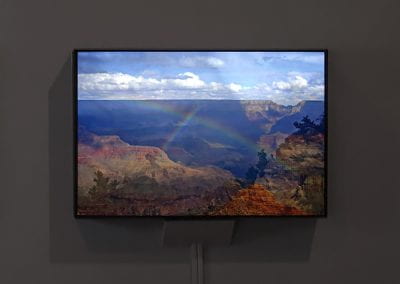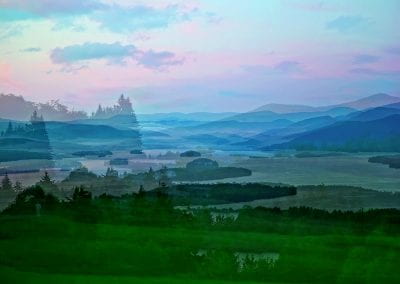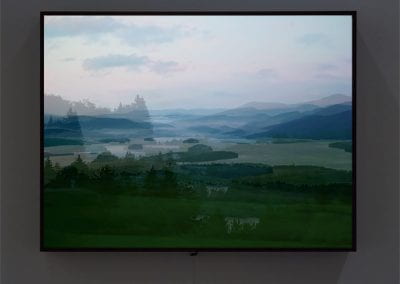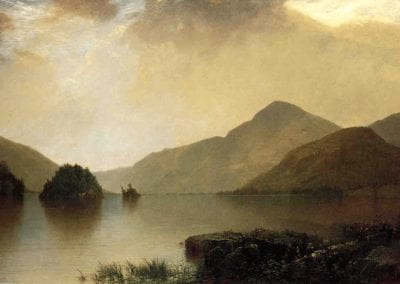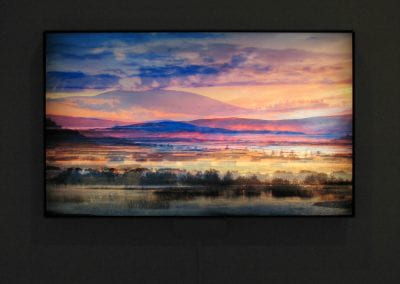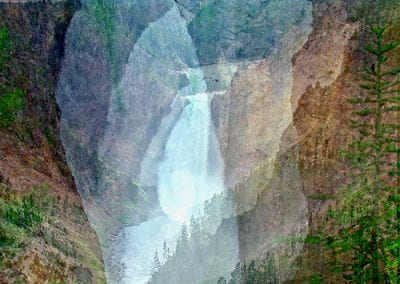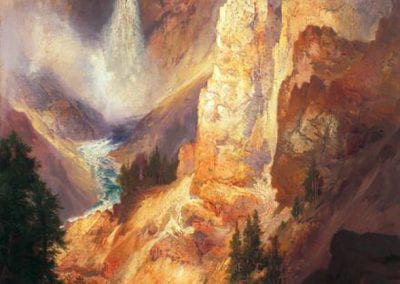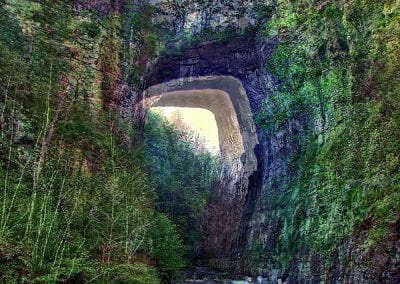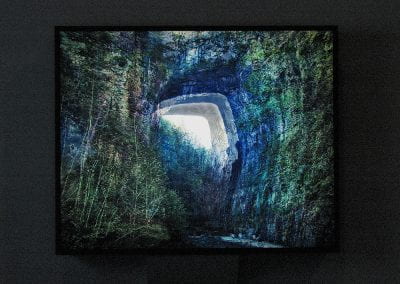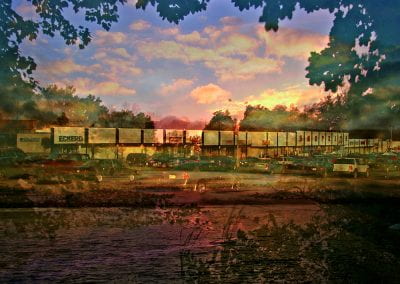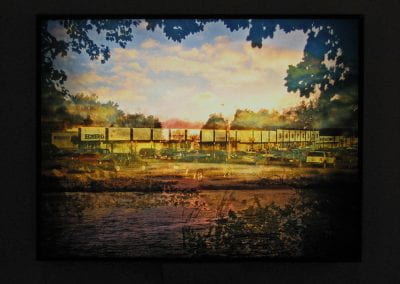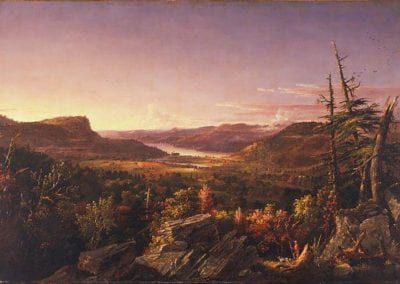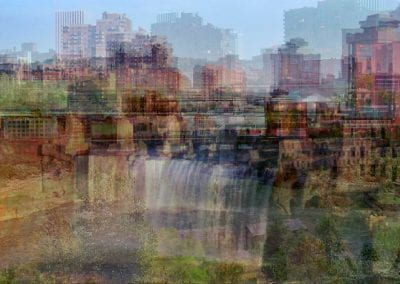
Average Landscape
Project description
Average Landscape 2007
Exhibitions
Average Niagara Permanent collection De Young Museum, San Francisco CA, 2018
Average Landscape, Wish You Were Here, Sun Valley Center for the Arts, Sun Valley, 2014
Average Landscapes, Makeover, Samek Gallery. Bucknell University, Lewisburg, PA, 2014
Average Niagara. Photo/Synthesis, M.H. de Young Museum of Art, San Francisco, C, 2010
Average Landscapes and Equivalents, Featured Artist, DigitalArt.LA International New Media Expo, 2009
Average Landscapes, Collection Connections Gallery, M.H. de Young Museum of Art, SF, CA, 2007
Average Landscapes is an examination of perceptions of landscape in contemporary culture. The work was commissioned by the M.H. de Young Museum of art as part of the Collections Connections program. Drawing on the Museum’s collection of 19th century Hudson River School paintings. The work was exhibited at the Museum from January through April of 2007. The diptych “Average Niagara Falls, Horseshoe Falls, American Falls (after Gustaf Grunewald) was purchased by the museum in 2007.
Anderson follows the thread of the cultural encoding of representations of landscape from this period to contemporary tourist photography. The eight works in the exhibition are constructed from tourist photographs of the sites represented in the paintings collected from the Internet. Using custom software the photographs are averaged together to create a composite layered representation of multiple individual’s view onto natural wonders. The work reflects a striking similarity between romantic sensibilities in the representation of landscape in the 19th century and the quotidian tourist snapshot of today.
Average Landscapes began with an experience I had at Bryce Canyon National Park. I happened to be wandering by a lookout point and noted that tourists came up to the edge, snapped a picture, and left. Thus, the photograph became the observation of place. How did these particular photo-op points become established? What cultural and historical influences frame our observations of nature? To address these questions I researched the work of American artists and photographers of the 19th century – specifically, The Hudson River School painters. What intrigued me were the similarities between 19th century landscape painting of the Hudson River School and the contemporary tourist snapshot.
The painter Paul Cézanne worried throughout his life whether his artwork represented trouble with his eyes or a reflection of his desire to “learn from nature”. Do the artifacts of 19th century vision designate the points of our photographic interest or are we drawn to what nature reveals to us? The work in this exhibition attempts to portray the ambiguities that nature presents to our collective vision.
De Young Podcast
Niagara Falls (American and Horseshoe Falls) after Grunewald
2007, diptych 72″ X 48″ each digital duratrans on lightboxes
Average Niagara (American and Horseshoe Falls) Installation View
2007, diptych 72″ X 48″ each digital duratrans on lightboxes
Niagaras Gustave Grunewald
Horseshoe Falls from below the High Bank, Niagara Falls from the Foot of the American Falls, 1832, Gustave Grunewald
